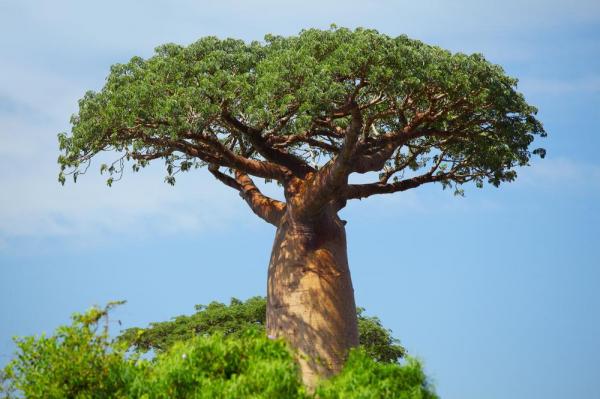
CAIRNS, Australia, April 23 (UPI) — Earth’s largest, oldest trees are unique, and thus present a unique set of challenges to conservationists.
A new study, published this week in the journal Trends in Ecology and Evolution, asks ecologists to begin thinking long-term about how to protect forest giants in the face of global warming.
Researchers qualify forest giants, or “large, old trees,” as those measuring in the top 5 percent, size-wise, within a species. For some species, that might mean a height of 70 feet and 100 years. For others, it may mean 300-plus feet and two millennia.
Some of the world’s most iconic giants include California’s redwoods and sequoias, Madagascar’s baobab trees and Australia’s rose gum Eucalyptus trees.
With size and longevity come ecological capital. As these giants have come to dominate their corners of the forest, a rich variety of other plants and animals have come to rely on them, making them indispensable to many vulnerable habitats.
“They’re really the breadbaskets, the supermarkets, of the forest,” Bill Laurance, a tropical ecologist at James Cook University in Australia, said in a news release. “This is a very environmentally and ecologically important group of organisms, and they need special care and handling.”
Outliving a century requires a significant level of resilience, but these giants have benefited from a relatively stable climate. The next century — let alone the next millennia — is likely to be more volatile.
Forest giants will continue to face rising temperature, habitat fragmentation, pests, disease, more powerful storms and a variety of other challenges.
“There’s a lot to discuss on the issue,” said David Lindenmayer, a conservation ecologist at the Australian National University. “Climate change will mean that, in some places, big trees will not reach the same sizes they used to.”
Forest managers and conservation agencies can’t control the weather or install air conditioners, but they can work to ensure the habitats that support these trees remain as healthy and intact as possible.
“We have to ensure that we’re thinking long-term, to match the way these trees have existed for hundreds or even thousands of years,” added Laurance. “It’s going to be a real challenge to maintain some places in the world that still have something like a wild nature — that still have natural wildlife, seed dispersers, pollinators, large predators, and the magnificent cathedral-like trees that we all really care about.”






